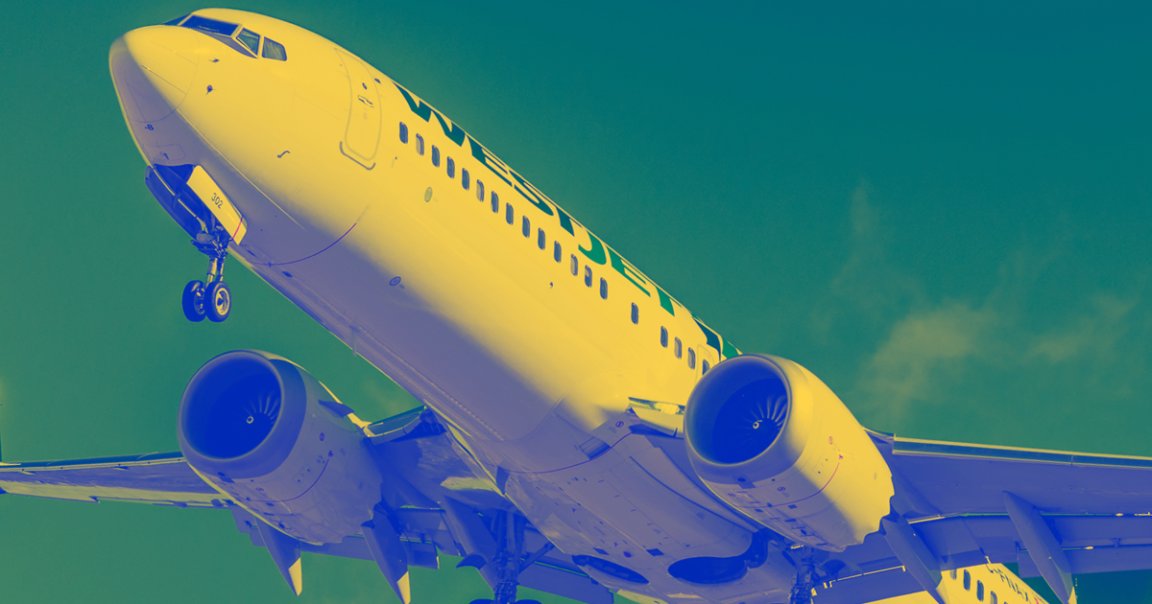
Vital For Safety
The New York Times reports that both Boeing 737 MAX commercial airliner jets that crashed in October and earlier this month lacked two optional safety features that Boeing charges extra for.
“They’re critical, and cost almost nothing for the airlines to install,” Bjorn Fehrm, an analyst at the aviation consultancy Leeham, told the Times. “Boeing charges for them because it can. But they’re vital for safety.”
Angle of Attack
The two features in question relate to Boeing’s Maneuvering Characteristics Augmentation System (MCAS), which automatically corrects any angle of attack — essentially the horizontal pitch of the plane relative to the oncoming wind — that is too high to protect the plane from stalling.
Lion Air Flight 610 crashed in October 2018, killing all 189 people on board. A second Boeing MAX plane, operated by Ethiopian Airlines, crashed on March 10, killing 157.
Reports about the October crash suggest that even with the pilots giving altitude correction commands, the nose of the jet kept dipping before it crashed into the water while the pilots were frantically leafing through the handbook.
Other Data
It’s not clear if the absence of those two features had anything to do with the cause of either crash, but sources familiar with the matter told the Times that two optional safety features “could have helped the pilots detect any erroneous readings.”
One of the features, an angle of attack indicator, could’ve notified pilots of the data picked up by the MCAS’ two sensors. The other, a disagree light, would have activated if those sensors were “at odds with one another.”
Some U.S. airlines decided to order 737 MAX planes without either feature, according to the Times, “because its pilots use other data to fly the plane.”
READ MORE: Doomed Boeing Jets Lacked 2 Safety Features That Company Sold Only as Extras [The New York Times]
More on Boeing: Confused Pilots Were Reading Boeing 737 Handbook as Plane Crashed